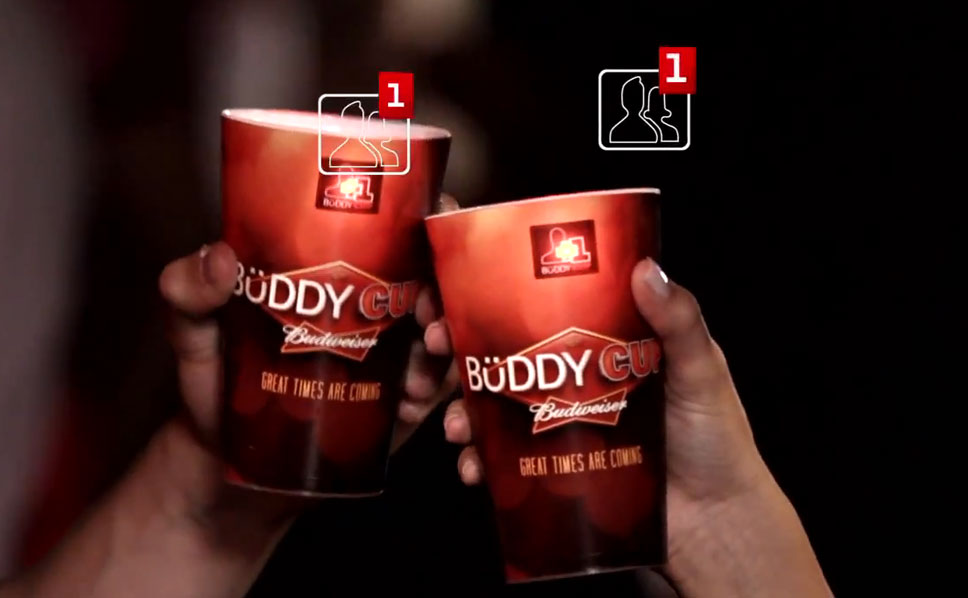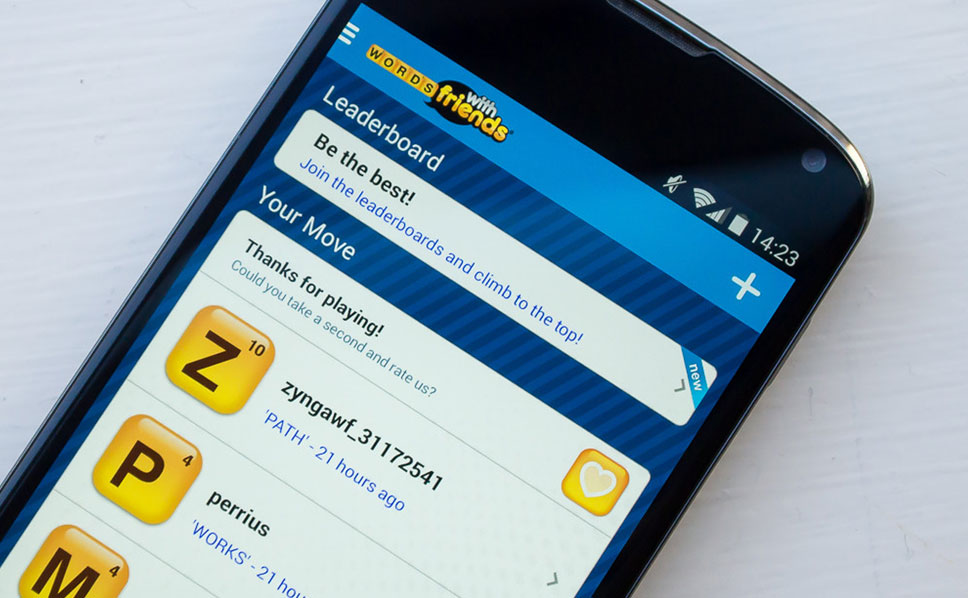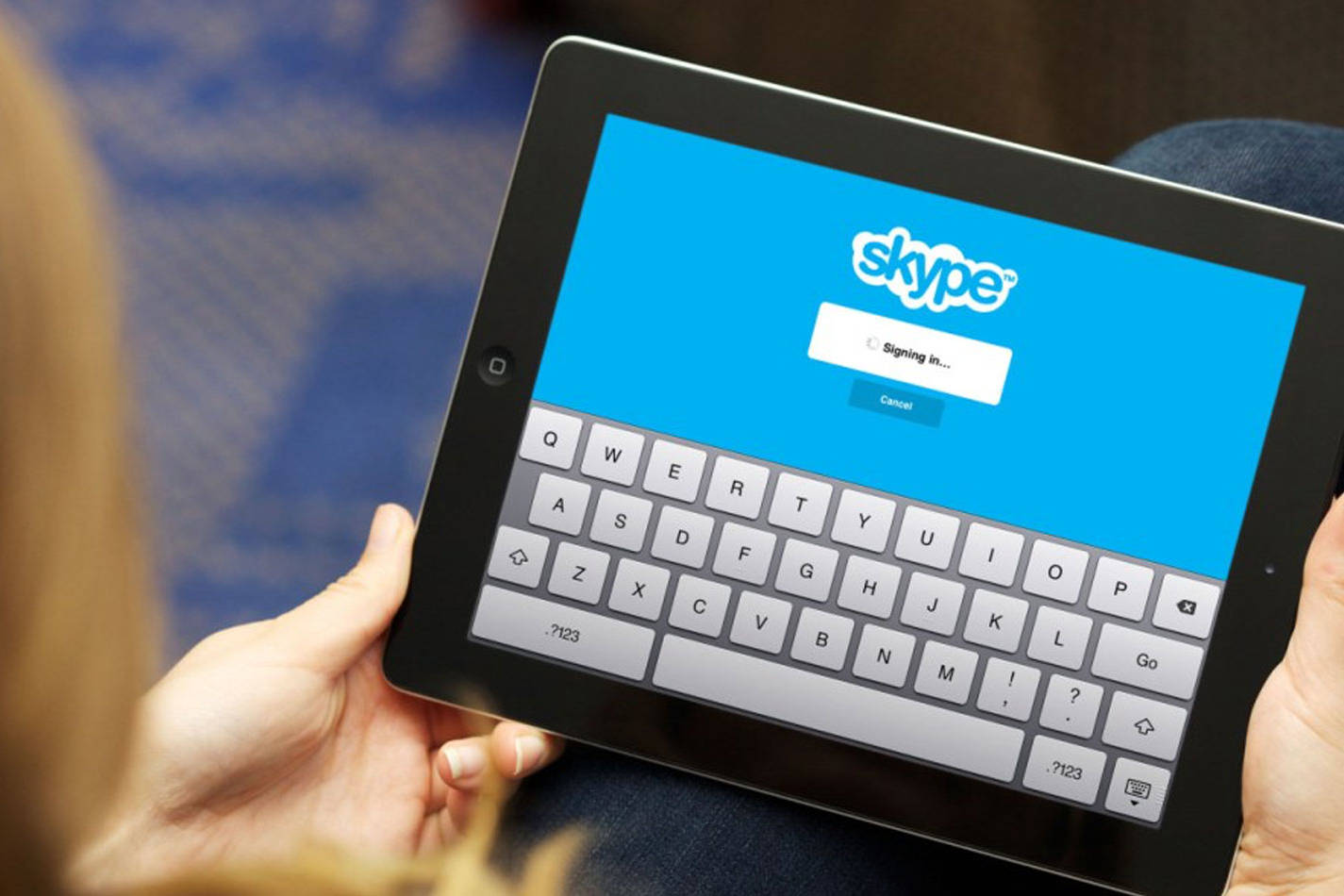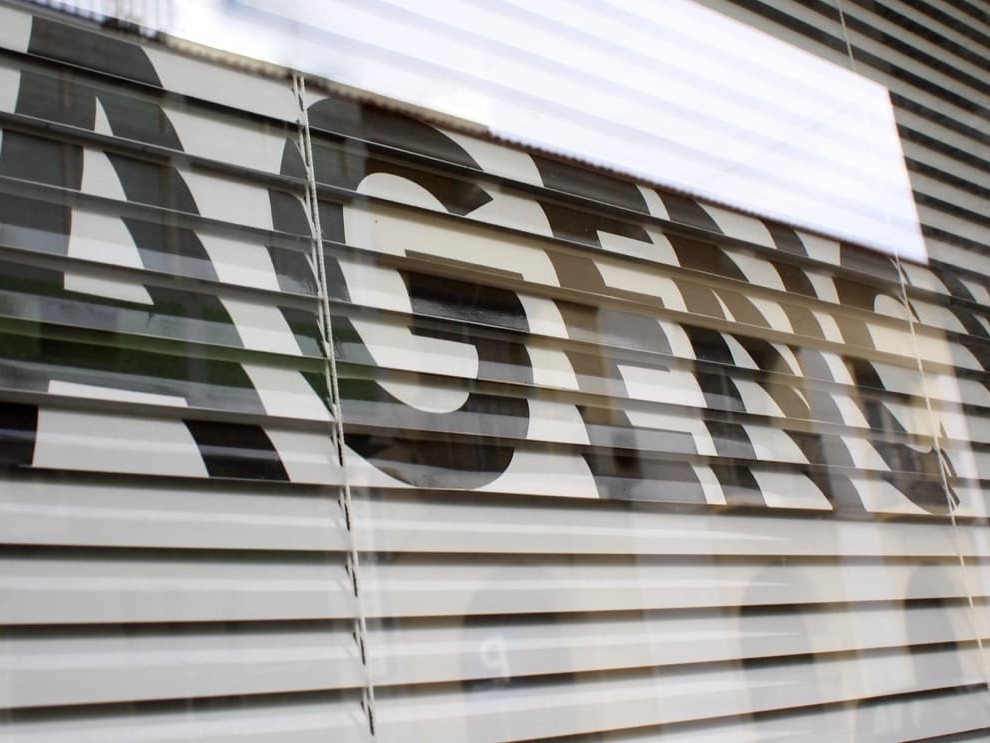Technology has undoubtedly changed the way humans interact with one another. But rather than resulting in alienation and isolation with only a screen for company, there’s an argument to suggest that these devices are in fact bringing us all closer together.
There’s no denying that technology has made it easier for us to stay in touch. The enormous global penetration of mobile phones and social networks coupled with improving levels of internet connectivity have eliminated boundaries of time and space, putting nearly anyone and everyone just a click away from each other.
And technology has been found to strengthen and expand our social circles, allowing us to keep in contact (even if just at a trivial level) with those we’d otherwise lose touch with.
But at the same time, these digital services are taking on physical attributes. Online platforms and innovative devices are allowing people who are geographically far apart to connect via digitally-enabled touch. This counters the idea that technology is an isolator and instead positions it as a way to enhance human relationships and inject long-distance friendships and relationships an additional dimension.
“Social networks are also developing into arenas of trust and affection, with US research showing that 30% of teenagers have shared a password with a boyfriend, girlfriend or friend”
Specifically, social networking is becoming a bigger part of consumers’ online experiences.
• Facebook users spend an average of 6.75 hours on Facebook every month, while Twitter users clock in 21 minutes crafting 140-word haikus (according to Mashable)
• Brazil is taking the lead as the social media capital of the world. Brazilians spent a monthly average of 8 hours 55 minutes on Facebook and over 2 hours on YouTube (per a 2013 article on The Wall Street Journal)
These online communities are changing the way people
• Popcorn is an app that connects users who are located within a mile of each other.
• One in 10 players of Words with Friends have connected romantically with someone as a direct result of playing the game.
• International Candy Co. is offering its customers similar serendipitous possibilities through candy. Candy lovers from around the world are matched, in a pen pal-like fashion, to exchange sweets.

And it has allowed us to strengthen social ties even when we cannot communicate face to face.
• Technology helps expand our social circles: The average size of ‘core discussion networks’ was found to be 15% larger amongst mobile phone users and 17% bigger for those who use Instant Messaging. The average non-internet user in the US has 506 social ties, while the average Internet user’s social circle is 32% larger, with 669 social ties according to a Pew study.
• It also diversifies our social circles: Mobile phone users, general internet users, especially those who go online at home more than once per day, and those who share photos online or exchange Instant Messages have more ‘non-kin’ (e.g. people outside their immediate families) members of their core networks.
• Indeed, Mintel’s Millennial Leisure Trends US February 2013 report has found that 35% of people say they spend more time texting the people they know than seeing them in person while 27% of people say that they spend more time chatting or instant messaging with the people they know than talking with them on the phone or seeing them in person.
• Skype is emerging as a popular channel for people who are learning to play instruments, part of a wider trend towards a global ‘E-Tutoring’ market valued at £8 billion. Social networks are also developing into arenas of trust and affection, with US research showing that 30% of teenagers have shared a password with a boyfriend, girlfriend or friend.
Chris Smith is a guitar, ukulele and music theory tutor who gives lessons from his London studio, or online via Skype.

What this ultimately suggests is that technology can be a force for cohesion. And what we’re finding is that a growing number of consumers are leveraging the internet and new developments in the smart technology sector to reconnect with their friends, neighbours and lovers as well as meet new acquaintances in person.
• Coffee Who is an app that aims to connect employees of large companies with one another.
• Critical uses for social networks in the healthcare space are also emerging, particularly in support of patients with similar rare diseases or to help caretakers connect with each other
• While we’re also seeing new devices that can be used in the physical realm to connect online, such as Budweiser’s Buddy Cup that allows users to Facebook friend other drinkers by clinking glasses.
• And these digital services are being enhanced by technological innovations, such as bracelet designed to allow long-distance couples to feel each other’s touch or sensor-enhanced underwear that can be activated remotely by a smartphone app
So what are the implications of all this to companies? Retailers, restaurants and other businesses which have access to physical space can rise to the occasion by facilitating real-life social engagement through meet-up groups, in-store classes and other live events that bring like-minded members of the community together.
There are also opportunities for brands in less obvious categories to leverage the notion of human connection. Food brands, for example, can speak to the possibility of cooking together; purveyors of furniture and home goods can play to the notion of creating a social space in the home.
At the same time, tech and media brands can position themselves as facilitators of personal connection, especially for increasingly global consumers. This can be accomplished literally, most notably through the use of GPS technology, but also emotionally via brand positioning, just as Apple has done with its Face Time campaign.
Will action, impact and introductions become the key components of future online networks and groups? In a world where we change jobs and move cities and countries with increasing frequency, there will be room for networks that plug one into the various sporting, romantic, artistic and other communities of a new locale.



